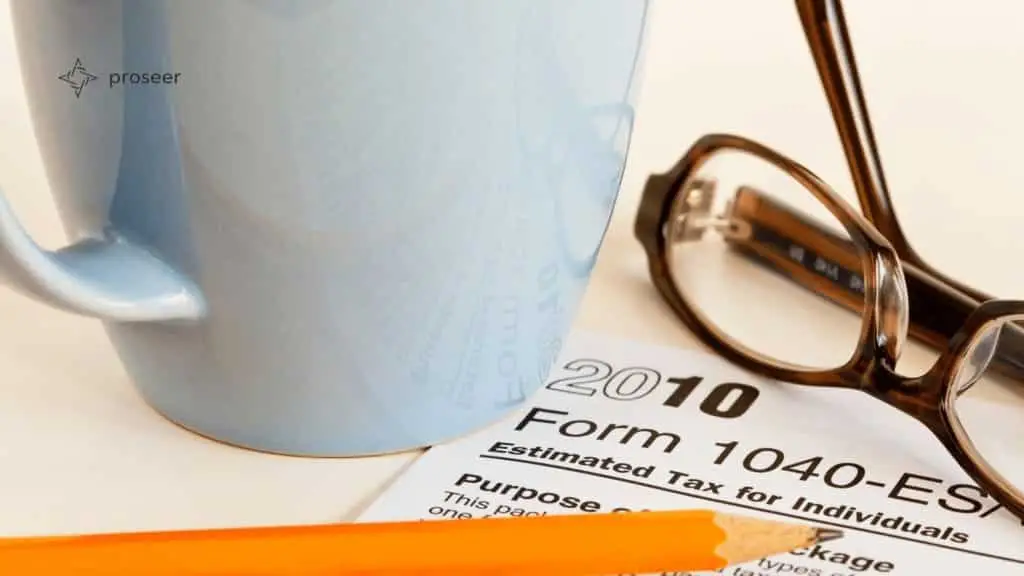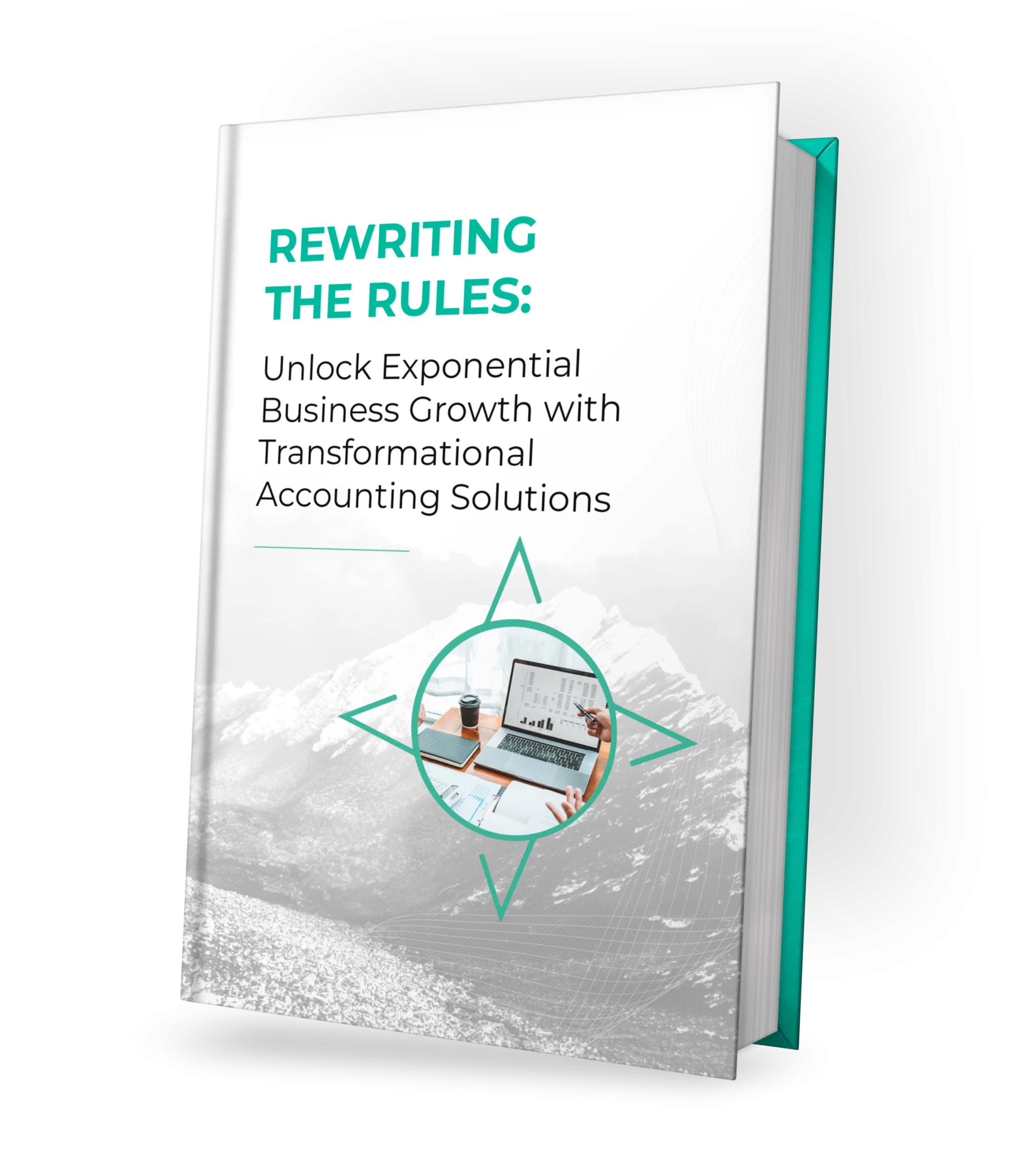In this article we review how to maintain and build a Safe Harbor plan for your tax payments.
Individual Safe Harbor – Plan For Your Tax Payments
The IRS requires individuals to pay taxes as you earn income. Most people have their taxes withheld by their employer, but for business owners, self-employed individuals, and anyone who earns income on top of their salary, things work differently: you must pay estimated taxes each quarter.
Though required, paying estimated taxes quarterly has several benefits, from helping you better track your cash flow to mitigating penalties and avoiding stress around tax time. The hard part, however, is estimating how much tax you owe and paying the IRS the right amount each quarter. You don’t want to pay less that you owe or it could lead to underpayment penalties. Fortunately, the IRS grants some leeway, known as a safe harbor, which we will explain in this post.
How Does Safe Harbor Work?
Safe harbor allows you to avoid underpayment penalties provided you pay close to the correct amount of tax each quarter. The rules vary slightly depending on your income.
If your adjusted gross income was less than $150,000 last year, your quarterly payments must total 90% of your tax liability from the current year or 100% of the tax liability from last year. If you owe less than $1,000 after subtracting withholdings and credits, there’s no underpayment penalty no matter how little you pay each quarter.
If your adjusted gross income was more than $150,000 last year ($75,000 for married couples filing separately) you must pay at least 90% of the tax liability from the current year or 110% of the tax liability from last year.
How to Estimate Tax Payments
Use last year’s tax filing as a guide for all the income you expect to report and deductions you plan to take this year.
If you fall below the $150,000 threshold, take your total tax liability from last year and divide by 4. Pay that amount each quarter and you should be fine with the IRS, even if you end up owing more money at the annual filing deadline on April 15th. If you come in above the threshold, add 10% to last year’s tax liability before dividing by four. High-income individuals need to pay more in taxes to avoid underpayment penalties.
Tax Planning for Estimated Payments
For most people, estimating quarterly payments and staying inside the safe harbor guidelines involves some basic arithmetic, but for entrepreneurs and high earners, things can be more complicated due large changes in income or eligibility for credits and deductions. For these individuals, avoiding underpayments isn’t as simple as looking at last year’s taxes.
That highlights the need for tax planning, starting early and continuing long-term, rather than waiting until the next deadline to figure out what’s owed. A cohesive tax strategy, with frequent touchpoints throughout the year, can help anyone with a dynamic financial situation pay the IRS right amount – without paying any more than necessary.
The key is to get started soon. Contact Proseer for expert tax strategies tailored to your goals.
For more information including a visualized example check out our article from last year Quarterly Estimated Tax Payments: How Much Should I Pay?

